How Soft-Shell Turtle Geisha (温泉スッポン芸者) (1972) came to be?
Director Norifumi Suzuki recalls in his book Toei guerilla senki (東映ゲリラ戦記) (2013) (p. 65) that Miki Sugimoto’s debut as leading lady in Tokugawa Sex Ban: Lustful Lord (徳川セックス禁止令 色情大名) was a success, but Toei execs were not entirely sold on her yet. The plan was to make a new Girl Boss movie next. However, after completing the work on Tokugawa Sex Ban, Suzuki, producer Amao and a Toei dude called Watanabe went for dinner. In this small restaurant they were served such delicious soft-shelled turtle, that they decided to postpone the Girl Boss film and make a movie called Soft-Shell Turtle Geisha (Hot Springs Geisha 5) instead. The film was complete and in theatres a couple of months later.
LOL!
On a more serious note, Suzuki notes that this kind of overnight changes in plans were necessary in commercial cinema back then, when a filmmaker needed to know what is in right now. “Rough and ready” and “swift decisions” were the key to his way of guerrilla filmmaking, he says.
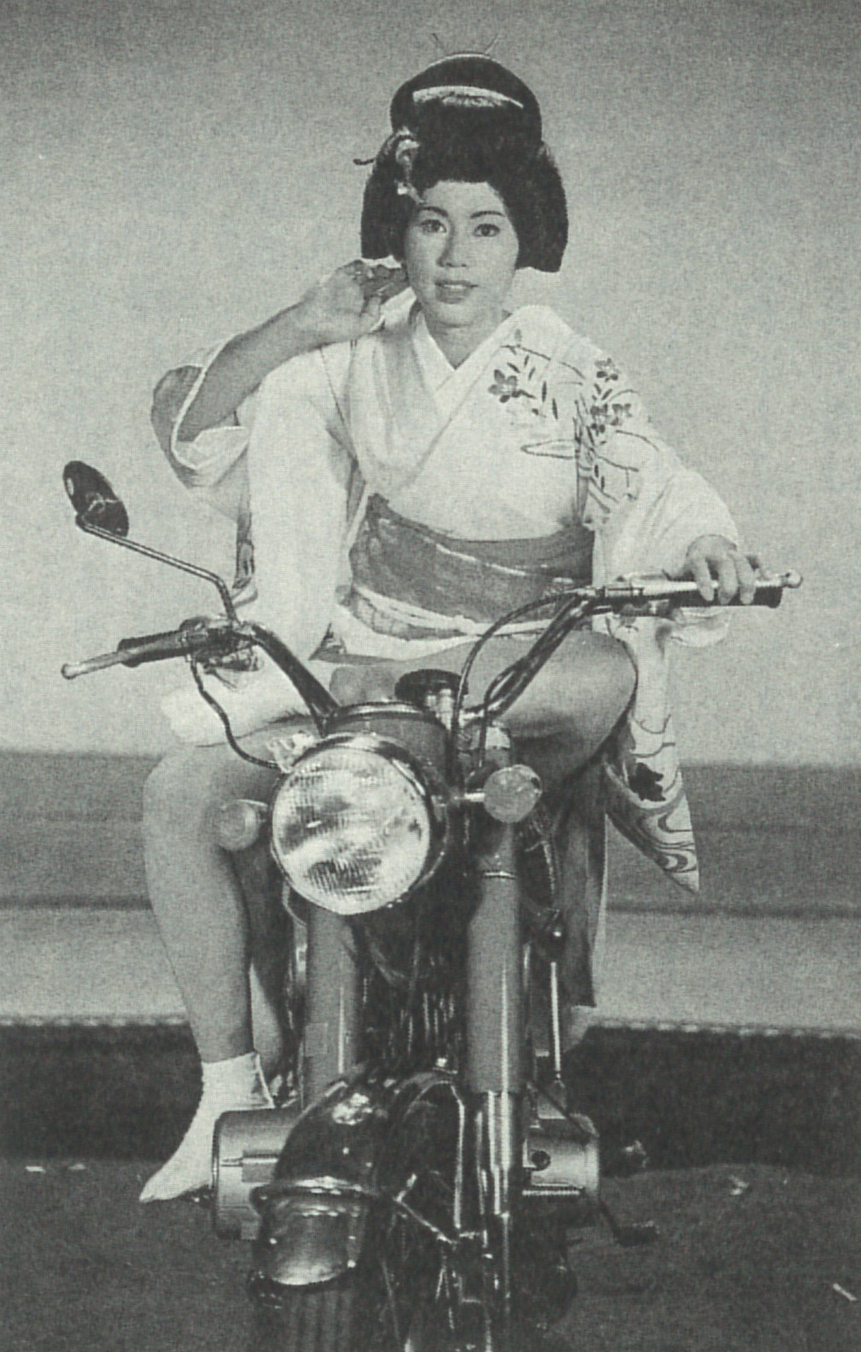
Director Norifumi Suzuki recalls in his book Toei guerilla senki (東映ゲリラ戦記) (2013) (p. 65) that Miki Sugimoto’s debut as leading lady in Tokugawa Sex Ban: Lustful Lord (徳川セックス禁止令 色情大名) was a success, but Toei execs were not entirely sold on her yet. The plan was to make a new Girl Boss movie next. However, after completing the work on Tokugawa Sex Ban, Suzuki, producer Amao and a Toei dude called Watanabe went for dinner. In this small restaurant they were served such delicious soft-shelled turtle, that they decided to postpone the Girl Boss film and make a movie called Soft-Shell Turtle Geisha (Hot Springs Geisha 5) instead. The film was complete and in theatres a couple of months later.
LOL!
On a more serious note, Suzuki notes that this kind of overnight changes in plans were necessary in commercial cinema back then, when a filmmaker needed to know what is in right now. “Rough and ready” and “swift decisions” were the key to his way of guerrilla filmmaking, he says.


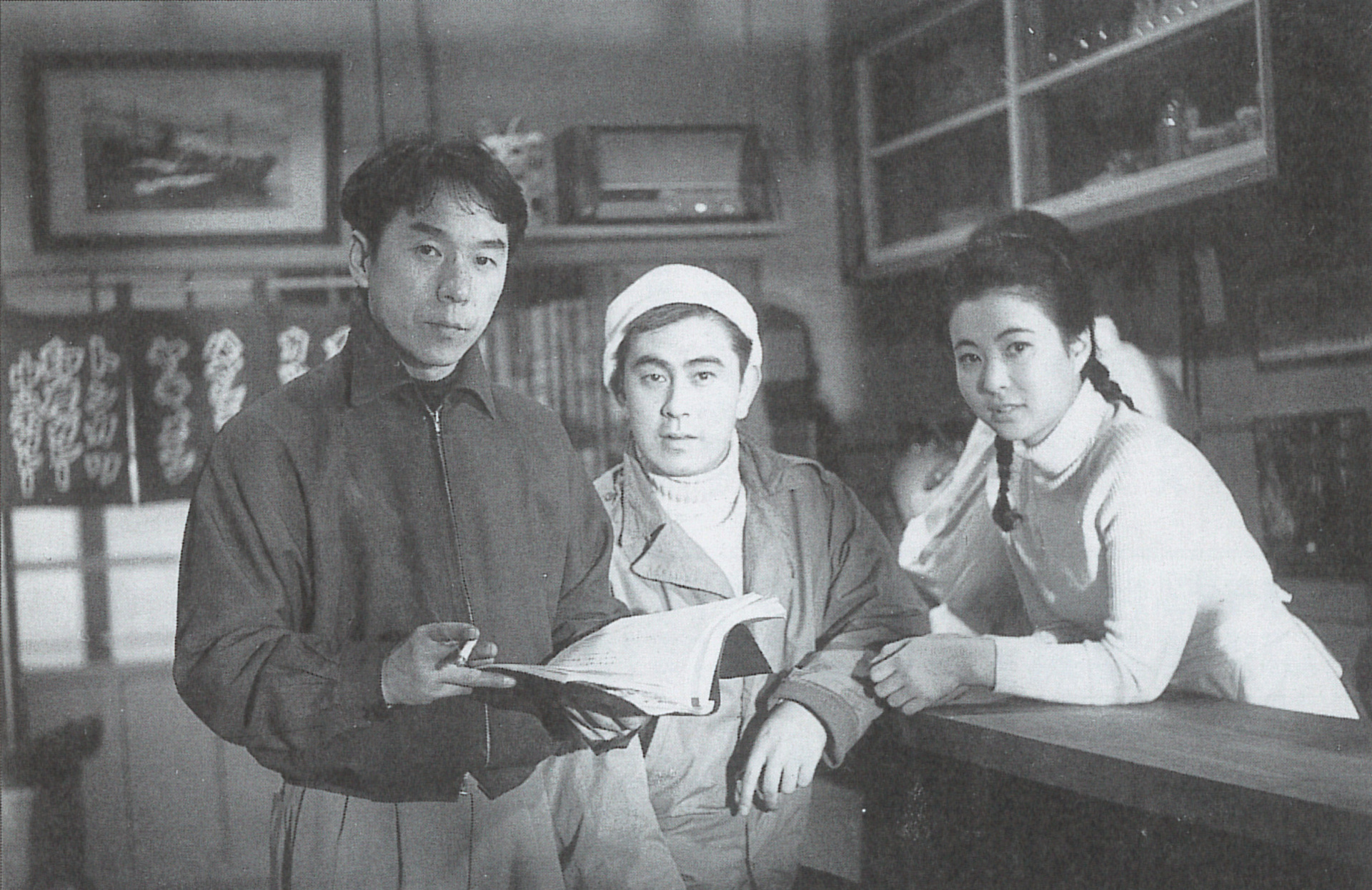
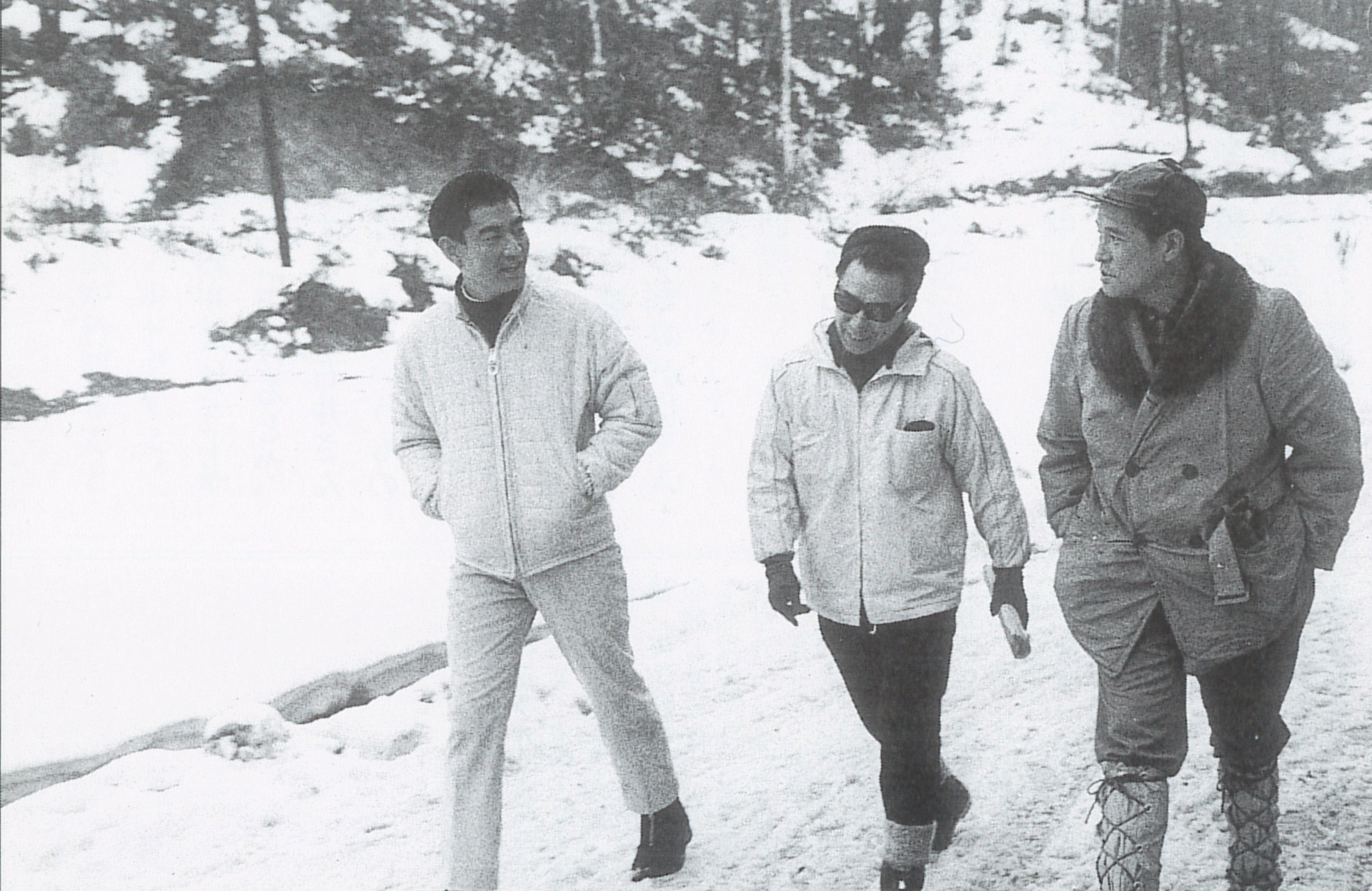
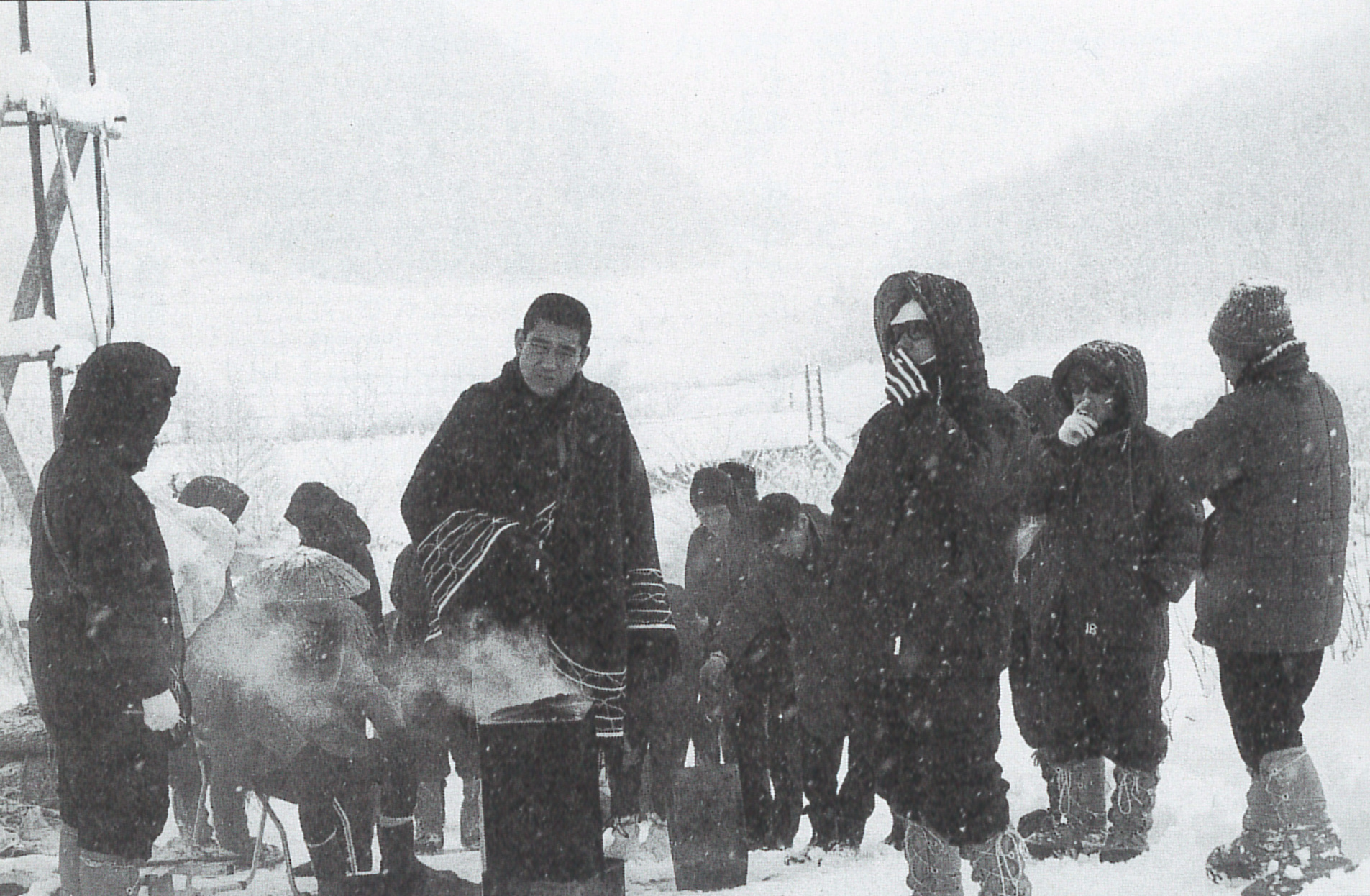
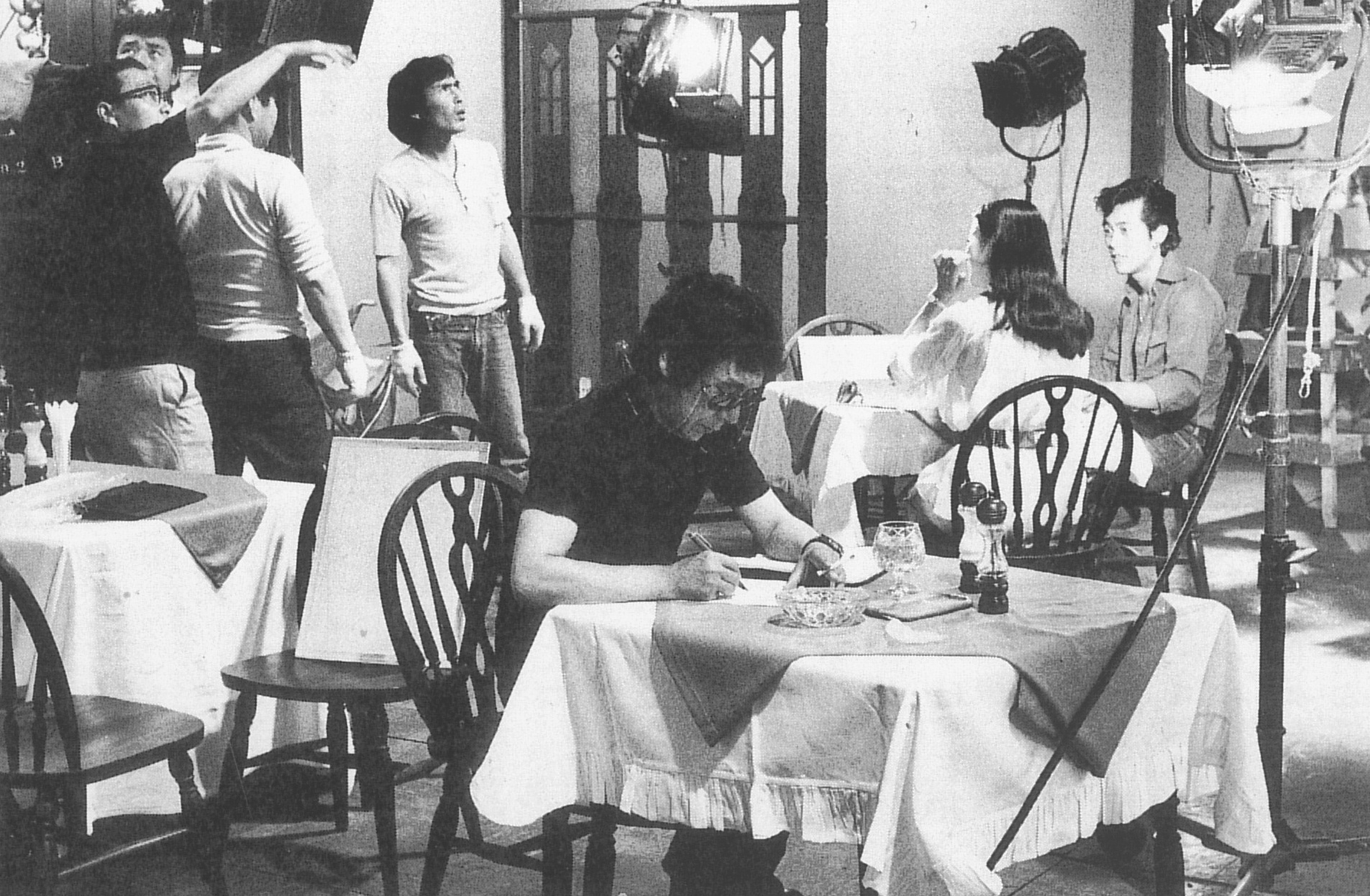
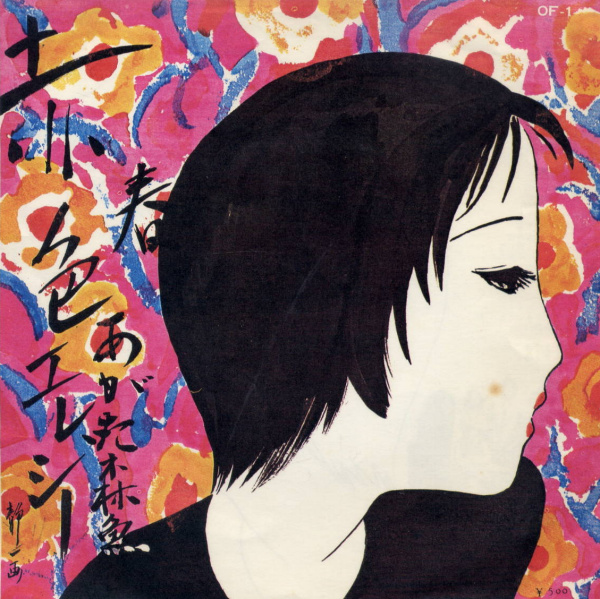
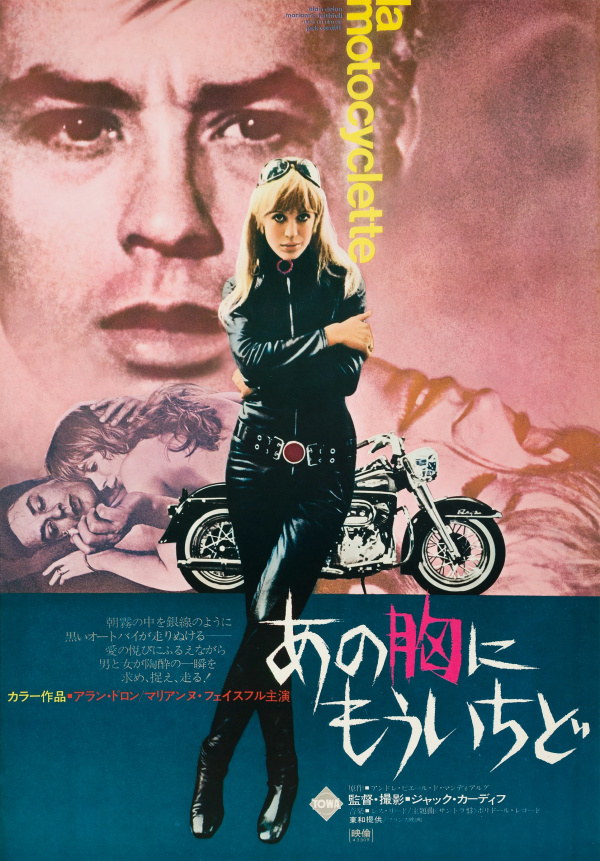
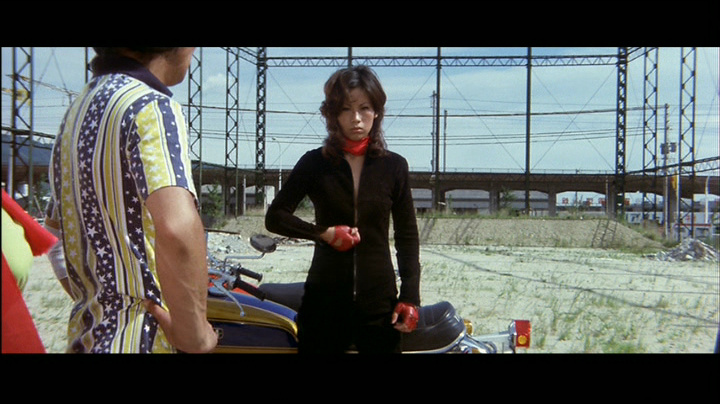
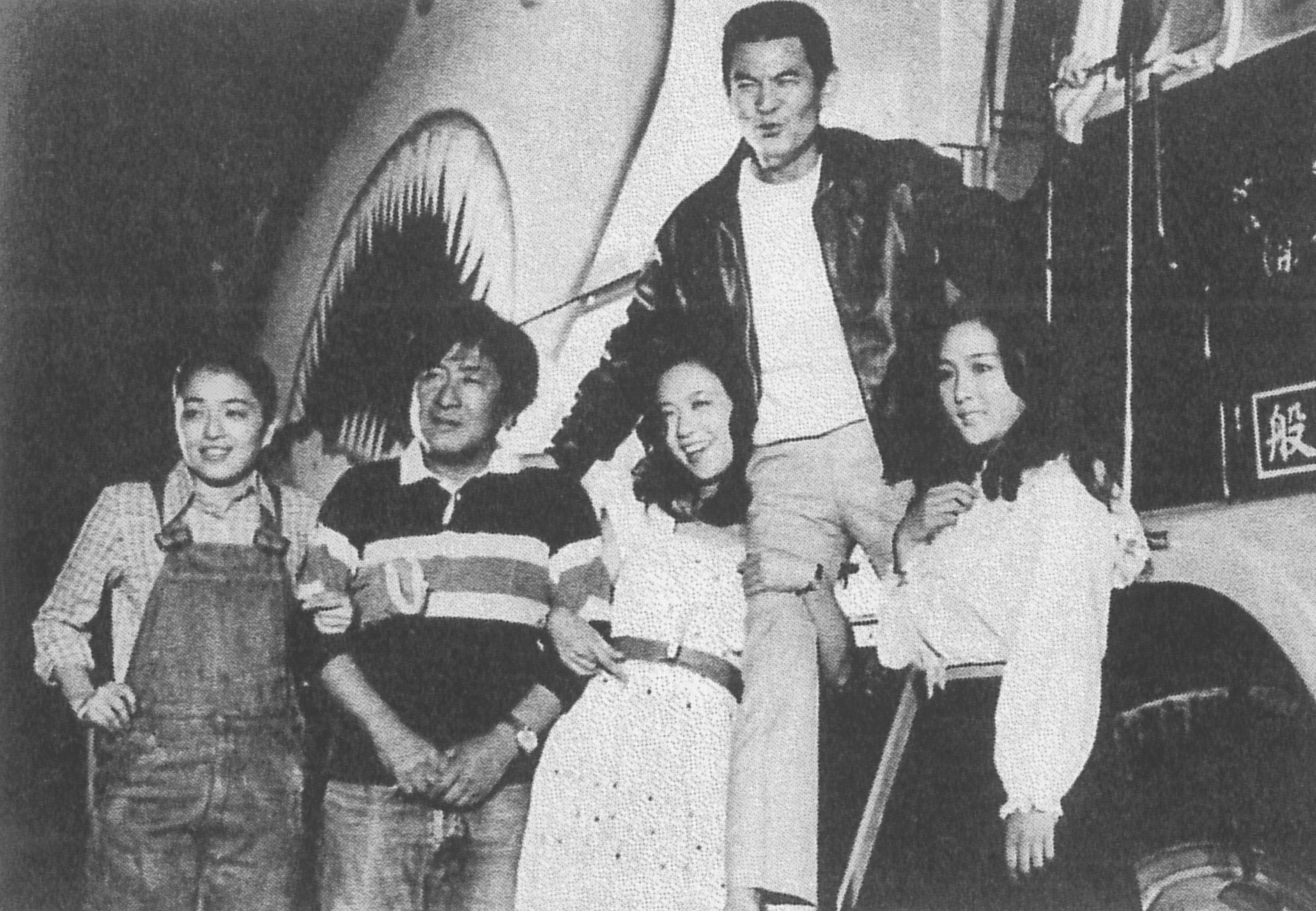

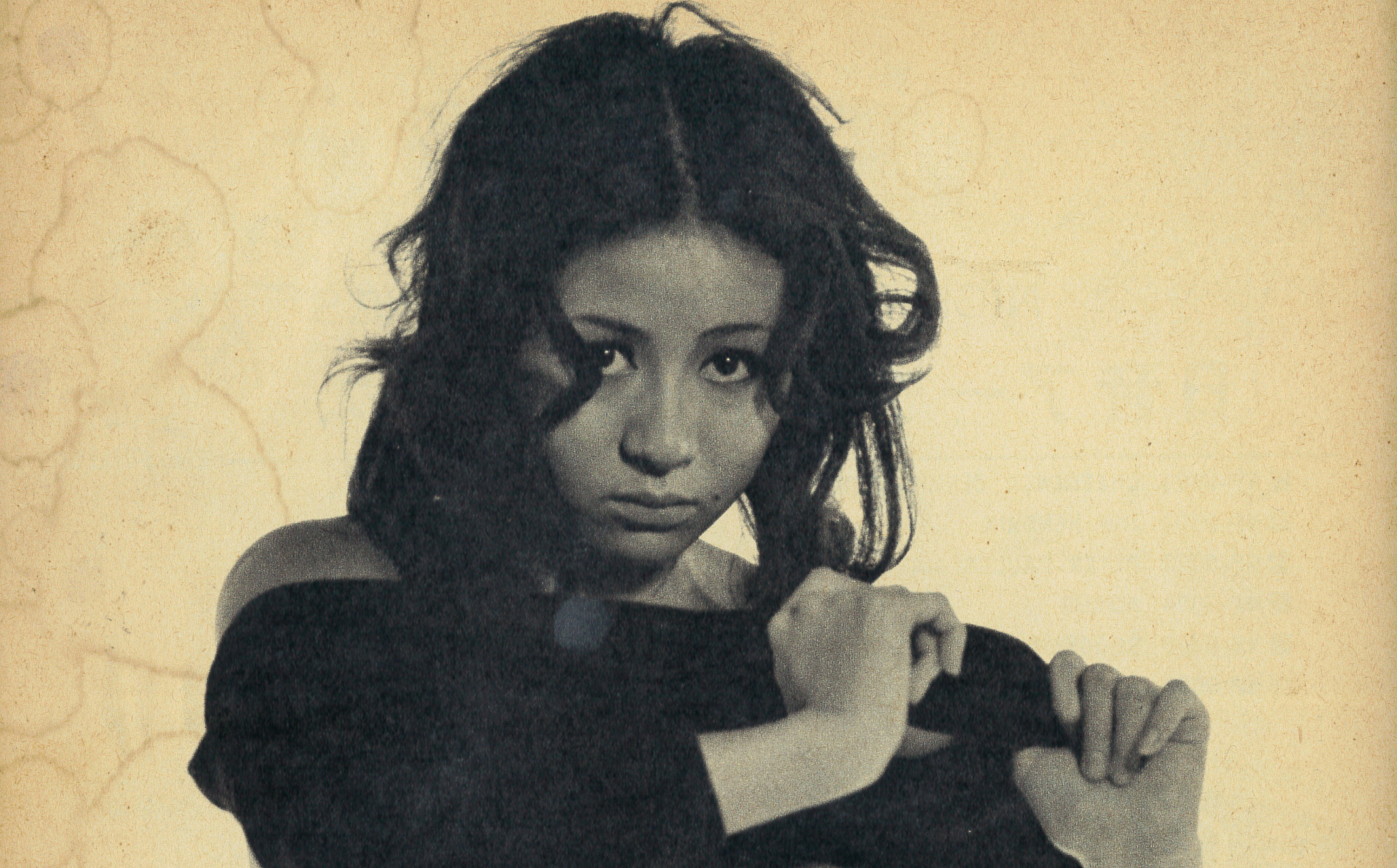
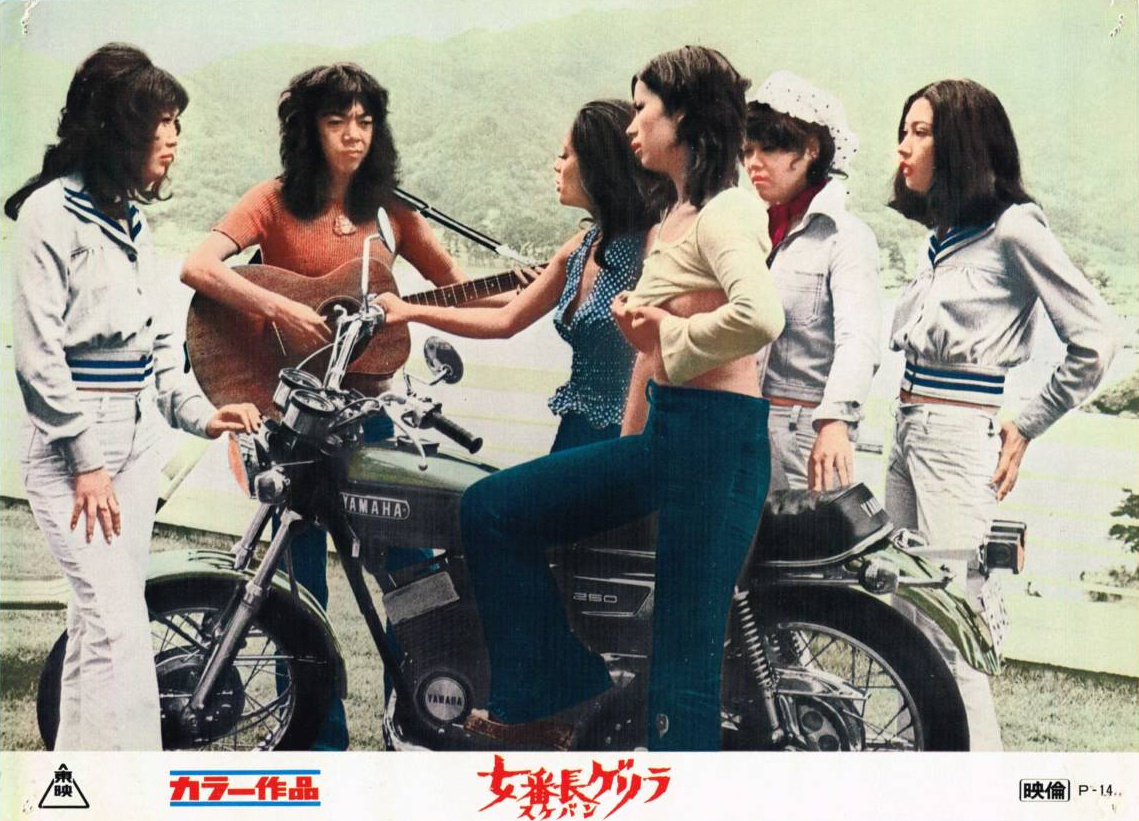
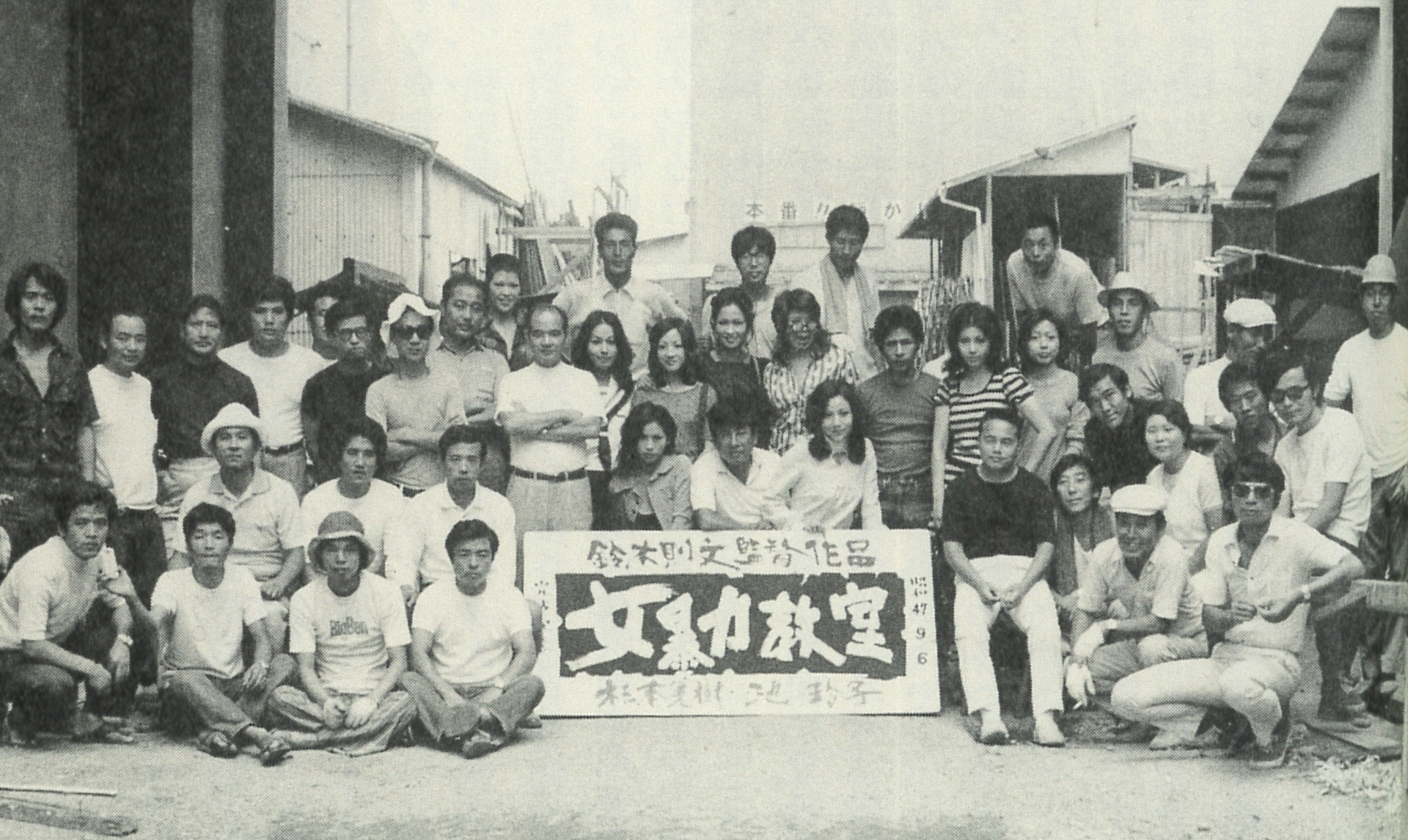
Comment